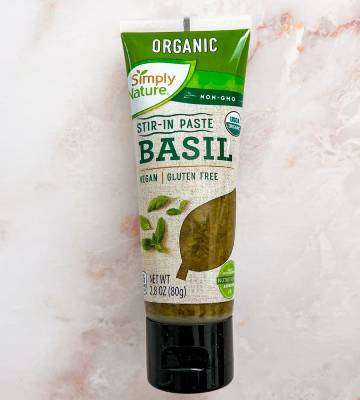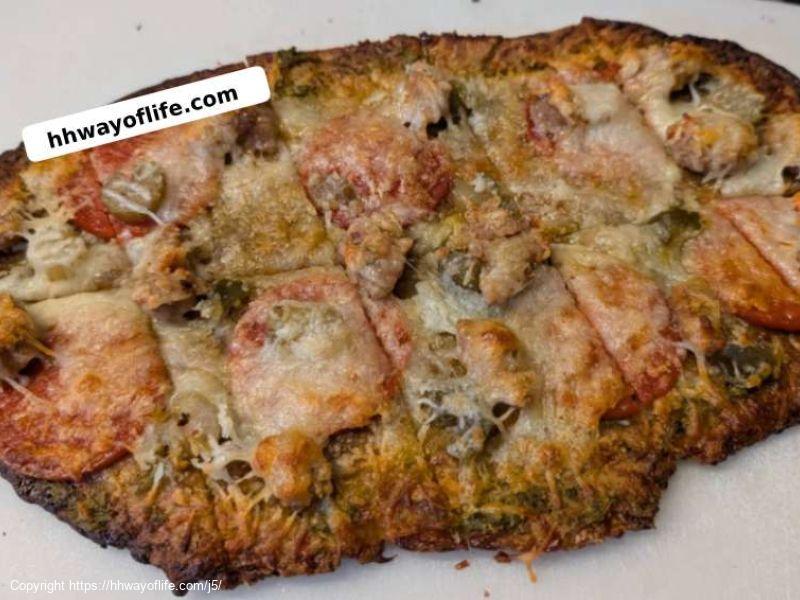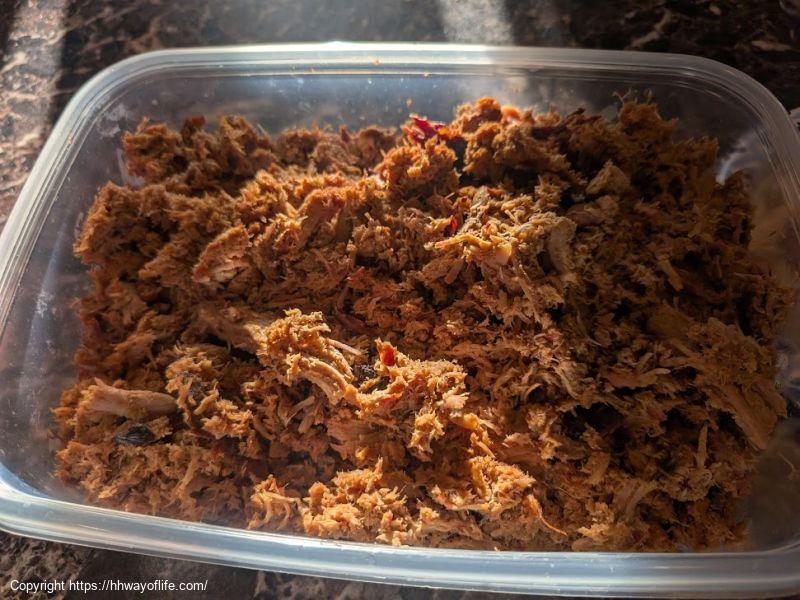Food Nutrition Facts
Nutrition Facts For
Basil
Portion Size: 1 Teaspoon
| Nutrient | Value | % Daily Value* |
|---|---|---|
| 2.0 kcal | 0% | |
| 0.0 g | 0% | |
| 0.0 g | 0% | |
| 0.0 mg | 0% | |
| 0.5 mg | 0% | |
| 18.0 mg | 1% | |
| 0.3 g | ||
| 0.3 g | ||
| 0.0 g | ||
| 0.0 g | ||
| 0.2 g | ||
*Daily value based on a 2,000 calorie diet. Your daily values may be higher or lower depending on your calorie needs and health goals.
Calculate your daily calorie needs here
Nutrition Facts For 1 Teaspoon of Basil

Basil is a fragrant herb belonging to the mint family, prized for its aromatic leaves and versatile culinary uses. Its vibrant green leaves, often oval-shaped and slightly fuzzy, release a distinctive, sweet, and slightly peppery aroma when bruised or chopped. Basil's flavor profile is a complex blend of sweet, savory, and subtly minty notes, making it a welcome addition to a wide range of dishes. Beyond its culinary appeal, basil has also been used in traditional medicine for centuries, believed to possess various health benefits.
From the classic Caprese salad showcasing its perfect pairing with tomatoes and mozzarella to the vibrant pesto sauce that highlights its herbaceous character, basil plays a starring role in many cuisines, particularly Italian. It's commonly used fresh, as its delicate flavor is diminished by drying. Whether sprinkled over pasta, incorporated into sauces, or used as a garnish, basil adds a touch of freshness and aromatic complexity that elevates countless dishes. Its adaptability and distinctive flavor have cemented its status as one of the most beloved and widely used herbs in the world.







